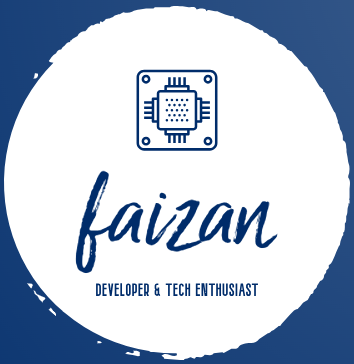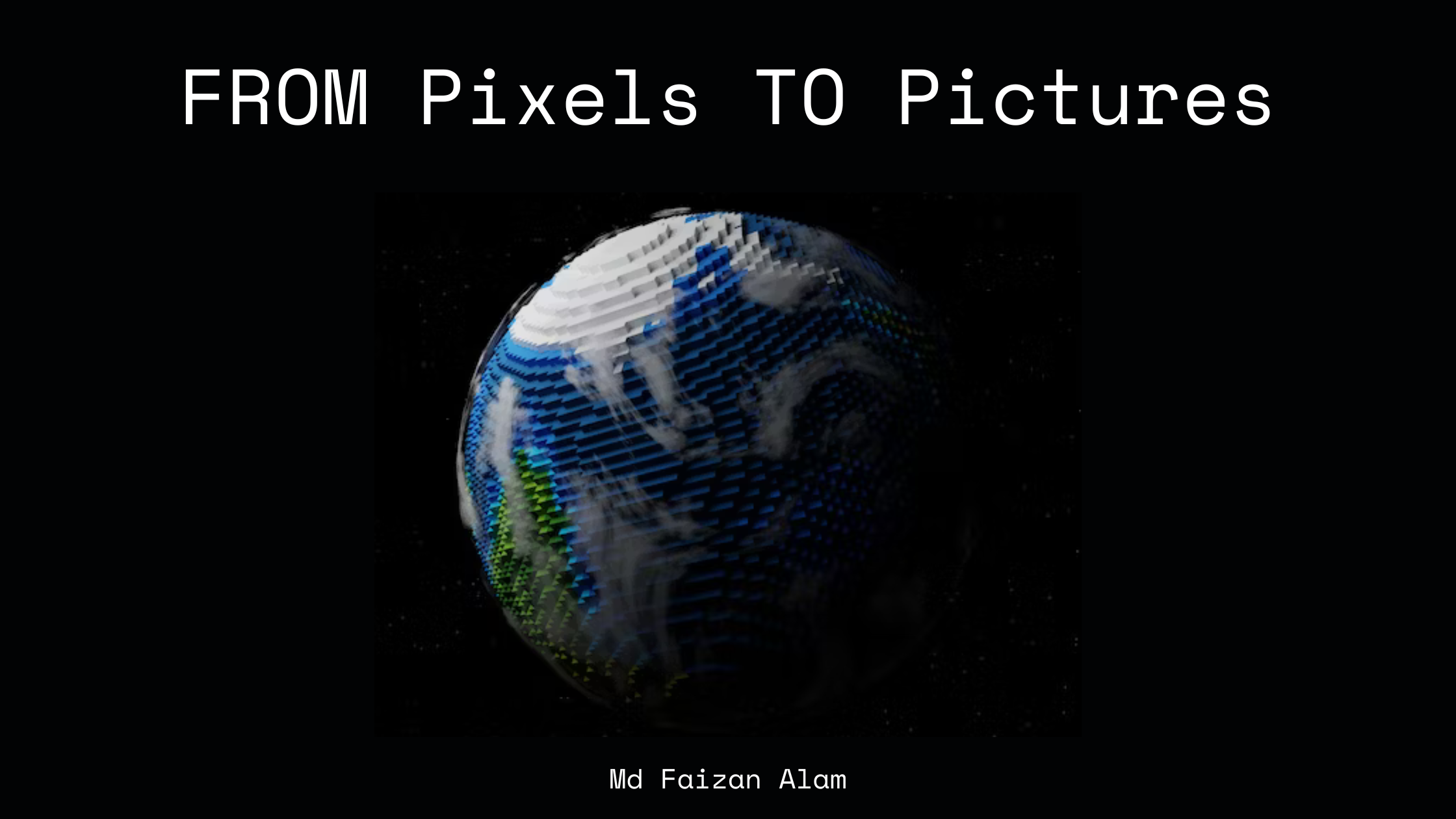From Pixels to Pictures
 Md Faizan Alam
Md Faizan Alam
Artificial Intelligence (AI) has made remarkable strides in recent years, transforming various industries and revolutionizing the way we live and work. Among the different branches of AI, Generative AI has emerged as a powerful tool for content creation, particularly in the field of image synthesis. So in this article, we will explore the capabilities of Generative AI in image synthesis and its impact on diverse sectors.
What is Generative AI ?
Now the question arising in mind would be what is Generative AI and how is it Different? So let’s learn a bit about it.
Generative AI differs from other types of AI by its ability to create new content, such as images, videos, and text, that closely resemble real-world examples. By utilizing complex algorithms and deep learning techniques, Generative AI models can generate high-quality images that are virtually indistinguishable from those created by humans. Midjourney and DALL-E by Openai are some of the most famous examples of this technology. This technology holds immense potential in various domains, including art, entertainment, healthcare, and more.
Generative AI in Image Synthesis
Generative AI models, particularly Generative Adversarial Networks (GANs), play a crucial role in image synthesis. GANs consist of two components: a generator network and a discriminator network. The generator network generates images based on random input, while the discriminator network evaluates the realism of these generated images.
During the training process, the generator and discriminator networks engage in a competitive game. The generator strives to create images that the discriminator cannot distinguish from real images, while the discriminator aims to identify the generated images. This iterative process leads to the refinement of both networks, resulting in the generation of high-quality and realistic images.
Process of Image Synthesis

The process of image synthesis involves several key steps.
The generator network takes a random input and generates an initial image.
This image is then evaluated by the discriminator network, which provides feedback on its realism.
Based on this feedback, the generator adjusts its parameters and generates a new image.
This iterative process continues until the generated images are of high quality and visually coherent.
The success of image synthesis heavily relies on the training data provided to the Generative AI model. The model learns from a vast collection of images to understand patterns, textures, and structures. This enables it to generate new images that closely resemble the training data. The more diverse and representative the training data, the better the model’s ability to synthesize realistic and diverse images.
Applications and Impact on the World
Art and Entertainment
Generative AI models are like virtual artists, capable of creating unique and innovative artworks, animations, and designs. Artists and designers can use these models as a digital canvas to explore new realms of creativity. They can generate novel patterns and textures, enhancing their creative output. Imagine a world where AI helps create mesmerizing visuals for movies or generates unique designs for clothing.
Data Augmentation
Synthetic images can be used to augment training data for machine learning models, especially in cases where collecting real-world data is difficult or expensive.
Healthcare
In the healthcare industry, Generative AI models are like virtual radiologists. They can generate realistic medical images, such as X-rays and MRIs, which aid doctors in diagnosing diseases, planning treatments, and conducting medical research. Moreover, these models can act like virtual chemists, synthesizing structures of drug compounds, potentially accelerating the development of new treatments for various conditions. Imagine a future where AI helps discover a cure for a disease.
Advertising
Companies can use image synthesis to generate personalized and engaging visual content for their marketing campaigns. This can save a fortune to these companies which they generally need to spend on Advertising agencies and Graphic Artists.
Computer Vision
Generative AI has revolutionized the field of computer vision. By synthesizing images, these models can improve the accuracy and performance of various tasks such as object recognition (identifying objects in an image), image segmentation (dividing an image into multiple segments), and scene understanding (comprehending the context of a scene). This has significant implications for industries such as autonomous vehicles (imagine self-driving cars that can better understand their surroundings), robotics (imagine robots that can better interact with their environment), and surveillance (imagine security systems that can accurately identify threats).
Possible Future Trends
As technology advances and computing power increases, the future of Generative AI in image synthesis holds tremendous potential. We can expect further improvements in the quality and realism of synthesized images, as well as the ability to generate images at higher resolutions. Advances in training techniques and algorithms will also enhance the efficiency and effectiveness of Generative AI models.
However, along with these advancements, ethical considerations must be addressed. The rise of deepfakes, manipulated images or videos that appear real, has raised concerns about the potential misuse of Generative AI. It is crucial to establish guidelines and regulations to prevent the spread of misinformation and protect individuals’ privacy and security.
Wrap-Up
Generative AI has unlocked new possibilities in image synthesis, empowering industries and creative professionals to push the boundaries of innovation. Through the use of Generative AI models like GANs, we can create high-quality and realistic images that were once only possible through human creativity. The impact of Generative AI extends across various sectors, from art and entertainment to healthcare and computer vision.
As we look towards the future, it is essential to embrace the potential of Generative AI while addressing the ethical considerations that arise. By harnessing the power of Generative AI responsibly, we can continue to explore new frontiers of creativity, enhance our understanding of the world, and drive innovation in the digital age.
Thank you for reading! If you have any feedback or notice any mistakes, please feel free to leave a comment below. I’m always looking to improve my writing and value any suggestions you may have. If you’re interested in working together or have any further questions, please don’t hesitate to reach out to me at fa1319673@gmail.com.
Subscribe to my newsletter
Read articles from Md Faizan Alam directly inside your inbox. Subscribe to the newsletter, and don't miss out.
Written by

Md Faizan Alam
Md Faizan Alam
I am a Fullstack Developer from India and a Tech Geek. I try to learn excting new technologies and document my journey in this Blog of mine. I try to spread awareness about new and great technologies I come across or learn.